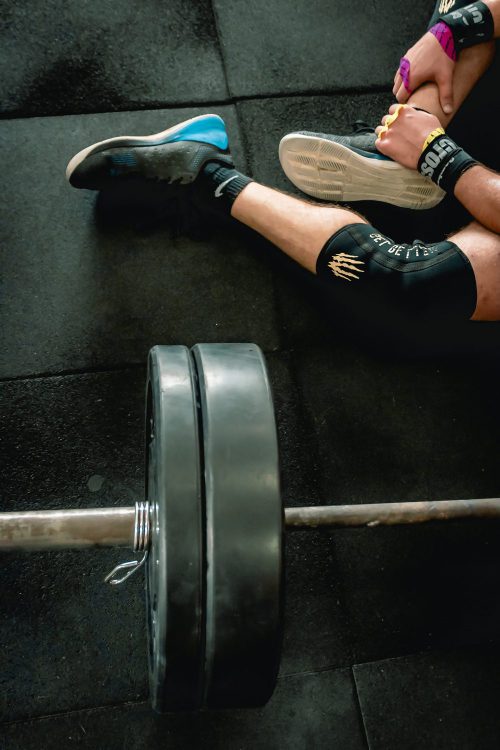Recognize this? You nailed the diagnosis, you know exercises will benefit your patient greatly, but they just wont do them? here are a few ideas to get that patient’s buy- in and how to Motivate your patients! On a different level same goes for personal trainers with their clients.
Be honest
Too often I see patients that come to me with shoulder pain that have seen multiple physio’s and are there for the quick fix. So they have done massage, dry- needling, shockwave, even cupping? They are promised that the treatment helps them and should work quick. The majority of patients with shoulder pain I see involve tendon related problems. All of the treatments described above have no effect on the tendons what so ever. To claim that this type of therapy works like a charm within 2 weeks is a flat out lie. To change a tendon we have to take time and be consistent with our exercises. Be honest on the path ahead of the patient and what you expect from them and why it is important to do so.

Make sure they understand what is wrong
You do not have to be a biologist and go into great detail on how the body works. Or be able to explain on a cellular level what is going on with a certain pathology. However, it helps for patients to understand what is going on with their bone, muscle or tendon. If I know what is wrong, I can relate to the problem. If I get an explanation why this exercise is going to fix my problem on the long run, I see the point in doing the exercise.
Make sure you can explain what is wrong with them and why doing your exercise is going to help them. If you can do this on a level that your patient understands, they can relate to the exercises and understand why they should do the exercise.
“The best exercise is one being done”
To quote Adam Meakins:” The best exercise, is one begin done.”
Make the exercise fun and on a level that works for that patient. There is no golden exercise for any pathology. The key is to train, strain, put pressure on the target tissue. Whatever exercise does that, is a good exercise. You should have a great arsenal of exercises to your disposal, so you can always pick an exercise that works for your particular patient.

Do not make it too fancy
However, on social media. We like to see the craziest of exercises. Balancing on a baseball holding a barbell with therabands and kettlebells. Do not overcomplicate the exercise. It makes no sense to do so, plus your patient has to remember it and be able to do it in the gym or at home.
Do not underload
This is an important one. A difficult one, but this is our role as a physiotherapist. We are load managers. We do not want to put to much load on our patients, so that they flair up in pain, or swelling. However more often we under-load our patients. If you prescribe 4×15, they better feel fatigue at 15 and not be able to perform 5 more repetitions.
Be honest and tell them it will take effort in becoming “better”. You have to prepare your patients for the fact that they have to do some serious work. And if all goes well increase the weight in the upcoming time, to maintain progress. If your rehab program does not look like a training program, you are doing it wrong.
Make it their rehab program
A patient comes in with a problem. It might be pain, weakness, instability or something else. You are there to help them with that problem, but never to make it your problem. This might sound harsh, but too often I see therapists making it their problem instead of the patient’s. This creates the problem that the patient feels it is now out of their hands and they do not have to do anything.
“The therapist is going to fix me.”
This is wrong of course. Instead, we should try to help them the best we can. We can do this by sharing our knowledge, explain what is going on, but more importantly what the PATIENT can do about HIS/HER problem.
Part of this, is to give your patient control in their process. Let them decide on exercises. Give them multiple options and ask what works for them. Make them part of the shared decision making.
Conclusion

This is not to say that if you do all this, your patients magically always perform their exercises. However be aware of your role as a physio in motivating your patients and create their buy-in. Help them help themselves. Also my blog on special tests, will help you in explaining the process to why you suspect a certain pathology. The build of your rapport with your patient starts there. Missed that blog? Give it a read HERE.



